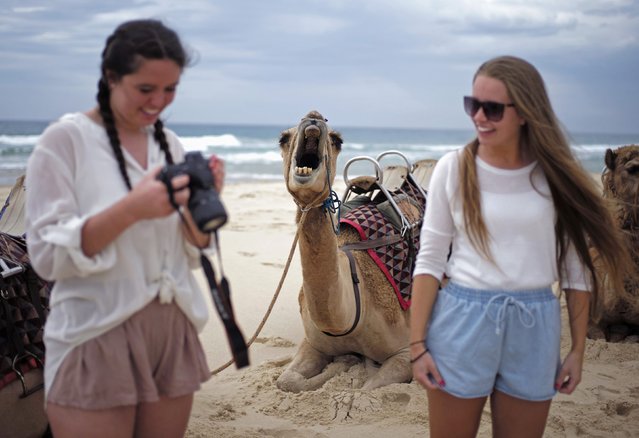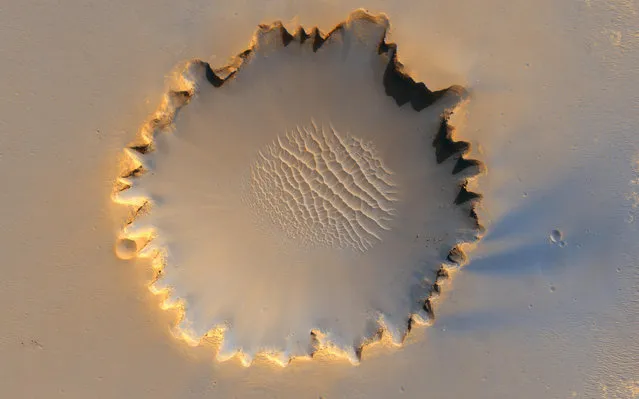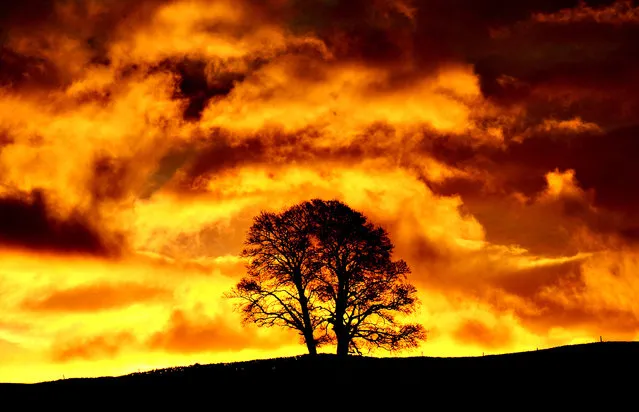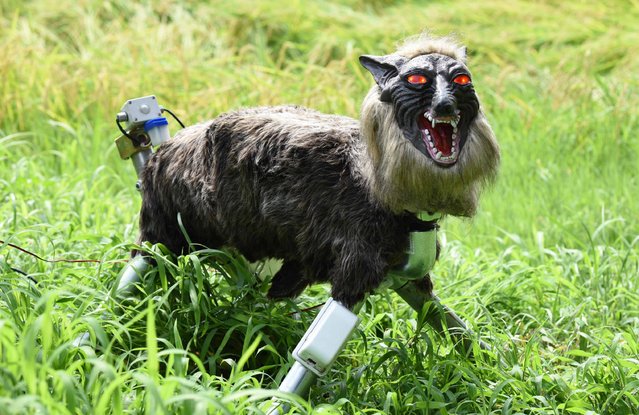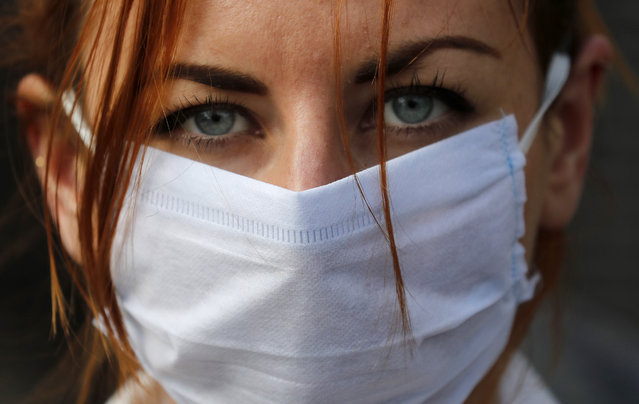
An member of the group “Pause the System” wears a face mask as she protests in front of the entrance to Downing Street in London, Friday, March 20, 2020. For most people, the new coronavirus causes only mild or moderate symptoms, such as fever and cough. For some, especially older adults and people with existing health problems, it can cause more severe illness, including pneumonia. (Photo by Frank Augstein/AP Photo)
23 Mar 2020 00:03:00,post received
0 comments




